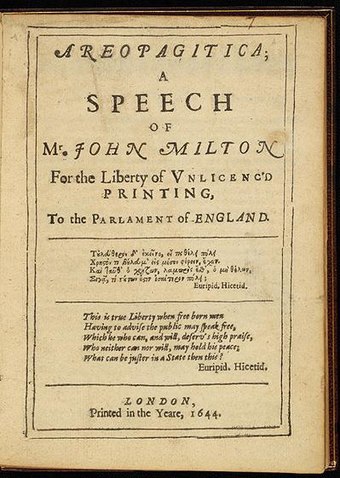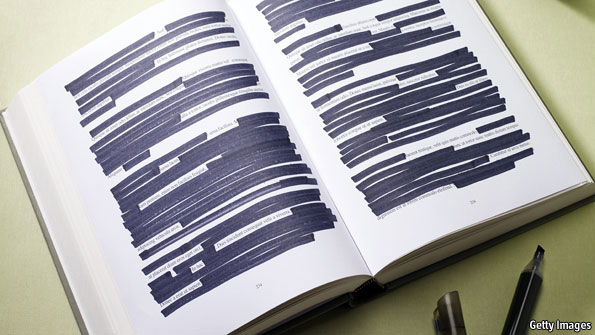Films began to be exhibited in India at the turn of the last century and film censorship took birth in 1918 when the Cinematograph Act, 1918 (2 of 1918) was passed.
Two matters alone were then dealt with:
- the licensing of cinema houses, and
- the certifying of film for public exhibition.
The censors had a wide discretion and no standards for their action were indicated. Boards of Film Censors came into existence in the three Presidency towns and Rangoon. The Bombay Board drew up some institutions for Inspectors of Films and it copied the 43 rules formulated by T. P. O’ Connor in. England.
Legislation in the shape of amendments of the Act of 1918 and a Production Code were the highlights of the progress. In 1952 a fresh consolidating Act was passed and it is Act 37 of 1952 (amended in 1959 by Act 3 of 1959) and that is the present statutory provision on the subject. It established a Board of Film Censors and provided for Advisory Panels at Regional Centres.
Every person desiring to exhibit any film has to apply for a certificate and the Board after examining the film or having the film examined deals with it by:
- sanctioning the film for unrestricted public exhibition;
- sanctioning the film for public exhibition restricted to adults;
- directing such excisions and modifications as it thinks fit, before sanctioning the film for unrestricted public exhibition or for public exhibition restricted to adults, as the case may be; or
- refusing to sanction the film for public exhibition.
The film producer is allowed to represent his views before action under (b) (c) and (d) is taken.
The sanction under (a) is by granting a ‘U’ certificate and under (b) by an ‘A’ certificate and the certificates are valid for ten years. The Act then lays down the principles for guidance and for appeals in ss. 5B and 5C respectively.
These sections may be. read here-
“5B. principles for guidance in certifying films.
- A- film shall not be certified for public exhibition if, in the opinion of the authority competent to grant the certificate, the film or any part of it is against the interests of the, security of the State, friendly relations with foreign States, public order, decency or morality, or involves defamation or contempt of court or is likely to incite the commission of any offence.
- Subject to the provisions contained in Sub-section (1), the Central Government may issue such directions as it may think fit setting out the principles which shall guide the authority competent to grant certificates under this Act in sanctioning films for public exhibition.”
censorship in England
We may now consider the English practice. In England there was little freedom of speech to start with. The Common Law made no provision for it. The two constitutional documents- the Petition of Right (1628) and the Bill of Rights (1689)- do not mention it.
By the time of Queen Elizabeth I presses were controlled through licences and although they were granted, no book could be issued without the sanction of Government. The Star Chamber tried several cases of censorship and it even continued in the days of Cromwell. Milton was the first to attack censorship in his Areopagitica and that had profound effect on the freedom of speech. We find quotations from his writings in the opinions of Chief Justice Warren and Justice Dougles.

Freedom of speech came to be recognised by slow stages and it was Blackstone who wrote in his Commentaries (Book IV p. 1517)-
“The liberty of the Press is indeed essential to the nature of a free State, but this consists in laying no previous restraints upon publications.”
But censorship of theatres continued and no theatre could be licensed or a play performed without the sanction of the Lord Chamberlain. By the Theatres Act 1843 the Lord Chamberlain was given statutory control over the theatres. He could forbid the production of a play for the preservation of good manners, decorum or the public peace. There was ordinarily no censorship of the press in England.
When cinematograph came into being the Cinematograph Act 1909 was passed to control cinemas. It has now been amended by the Cinematograph Act of 1952. Restrictions were placed on the exhibition of films to children (s.4) and on the admission of children to certain types of film. Censorship of films is run on the lines 4 6 6 set by T.P. O’Connor in 1918. These directions, as we said earlier, have had a great influence upon our laws and our directions issued by the Central Government, follow closely the 43 points of T.P. O’Connor.
